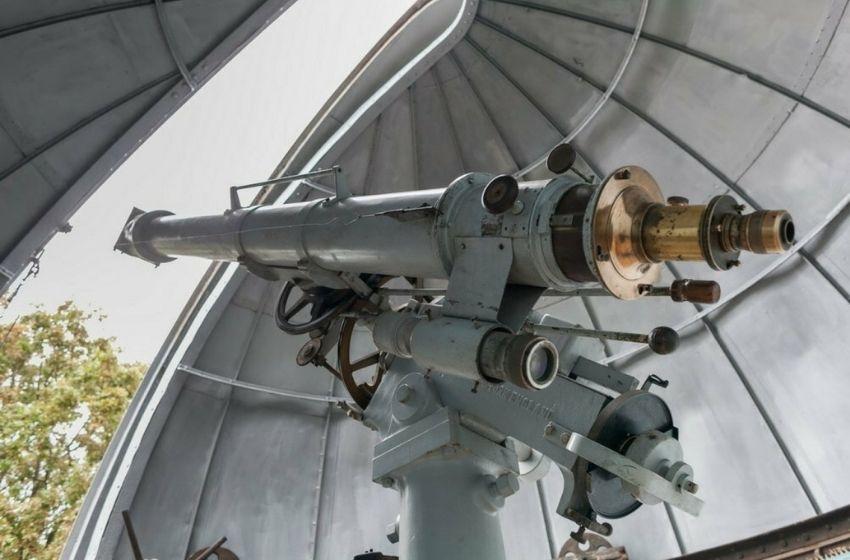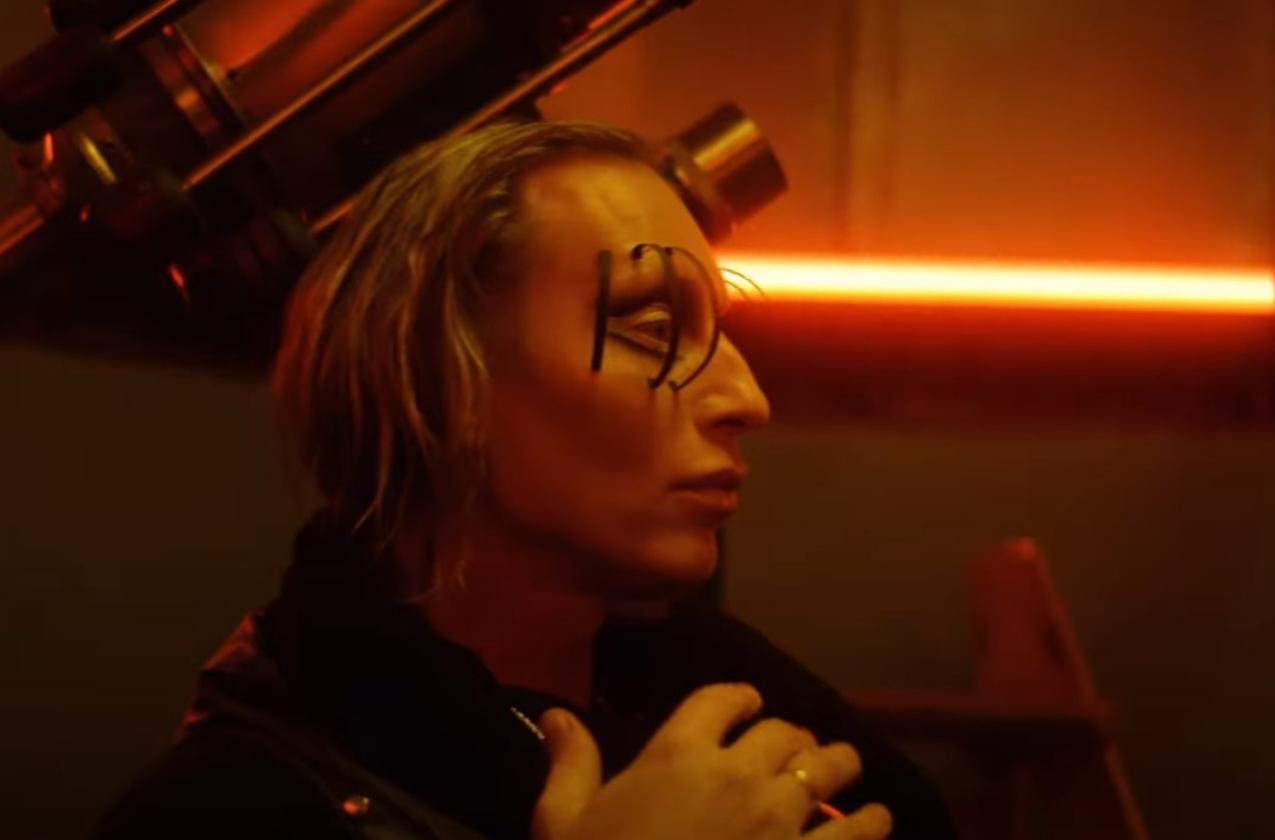Professor Alexander Orlov was an academician of the Ukrainian Academy of Sciences and one of the pioneers of geodynamics. At the beginning of the 20th century, he was the most authoritative expert in the field of latitude oscillation and the first scientist to determine the speed and direction of the secular movement of the Earth's pole.
Alexander Yakovlevich Orlov was born in Smolensk in a family of a priest. After the gymnasium, he graduated from the Physics and Mathematics Faculty of St. Petersburg University, studied at the Sorbonne in Paris, and trained in Germany and Sweden. Since 1913, his activities took place in Ukraine. For more than 22 years, he headed the Astronomical Observatory of Odessa, where he laid the traditions of classical astronomical research.
On October 1, 1916, Professor Alexander Orlov returned to Odessa from a gravimetric expedition to Altai, where he conducted studies of the force of gravity.
Alexander Yakovlevich invited famous astronomers to work at the Observatory, and with the help of the university mechanic Ivan Timchenko, he restored the instruments of the observatory, some of which became one of the best in the country. In addition, for a long time Orlov dealt with the problems of landslides in Odessa, carried out leveling measurements on the coast.
In 1916 and 1917, the professor traveled to Tomsk and Irkutsk, from where he delivered gravimetric equipment to Odessa. Here he determined a gravimetric point: the point where the acceleration of gravity was measured and all geodetic coordinates were determined. This item is included in all international catalogues.
Orlov also studied the tides in the Black Sea and the influence of the moon on the speed and direction of the wind. According to the results of research, he found that even in the practically enclosed Black Sea there is a tidal wave, and sea level fluctuations near the coast of Odessa reach six centimeters. In addition, the scientist developed new gravimetric methods, created gravimetric maps of Ukraine, Siberia and Altai, linking them into a single network.



Source and pictures: Odessa Life




















